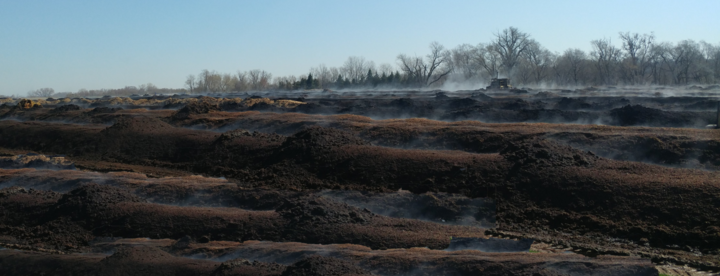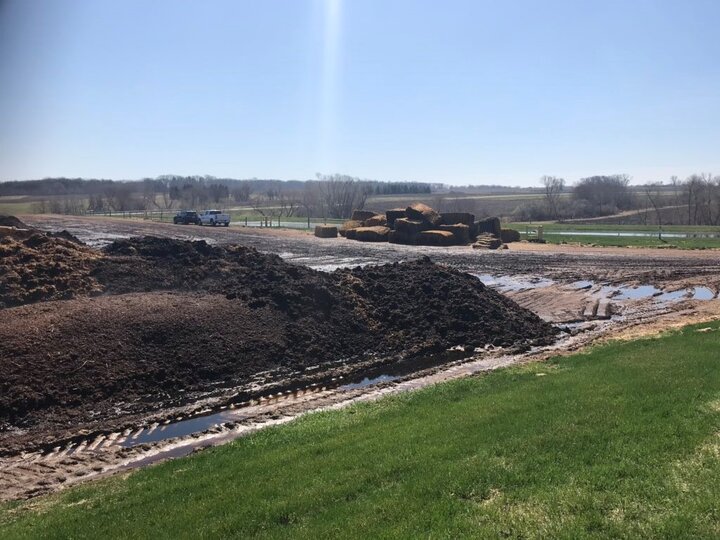Tolkien Teaches Ag: Lessons from Organic Fertilizer Production
On a brisk April day, I was traveling with a group of adventurers through the wilds of the Minnesota country side. We came upon a steep embankment and climbed it so that we might see what lay beyond. When I reached the top, and the crowd around me had parted, I thought for a moment I might suddenly have traded places with Samwise Gamgee, hobbit, because I was gazing out onto a field of what reminded me very much of the steaming slag pits of Mordor. However, rather than an apocalyptic hell-scape I was instead looking at a premier example of sustainable agriculture.

Let me explain. This year I had the opportunity to attend Waste to Worth 2019, a conference put on by the Livestock and Poultry Environmental Learning Community, to learn about and celebrate the nation’s best science and Extension promoting sustainable livestock production. As a part of the conference activities attendees were invited to attend tours of local agriculture and industry that aligned with the conference objectives – turning agricultural waste products into valuable products.
One of the places we visited was Suståne fertilizer manufacturing. Suståne is a leading manufacturer of organic fertilizers used in a wide variety of industrial, agricultural and commercial applications and the foundation of Suståne fertilizers is turkey litter.
The first step in manufacturing the fertilizers is to compost the turkey litter. This is done at the company’s composting facility south of Minneapolis where vast windrows of turkey litter are turned twice each week by a behemoth turner inching along the rows at an agonizingly slow pace. The composting process takes roughly 26 weeks, during which the thermophilic composting kills pathogens, and transforms manure nutrients into more stable, organic forms, creating a slow release nutrient source.
But turkey litter is not the only waste product being turned into valuable fertilizer at Suståne; in order to achieve the correct nutrient balance in the composted material, additional carbon is added to the turkey litter in the form of molding waste straw. Additionally, water from the facility runoff holding pond was periodically re-added to the piles by a tanker truck equipped with a sprinkler gun to maintain the necessary moisture levels in the piles.

Following composting the material is moved to Suståne’s production facility where it is dried and blended with other ingredients, different depending on the specific Suståne product line being blended, and formed into a granulated product ready for sale either on its own or as an additive in commercial potting soil.
While the scale of operations at Suståne may not be replicable for everyone, the lesson that anyone can take away from it is to look for the value of waste. By not discounting even on of the most undesired substances on earth – feces – this business has grown to become a world leader in their industry. It is just as Galadriel said: “Even the smallest person can change the course of the future.”
This article was reviewed by Amy Schmidt